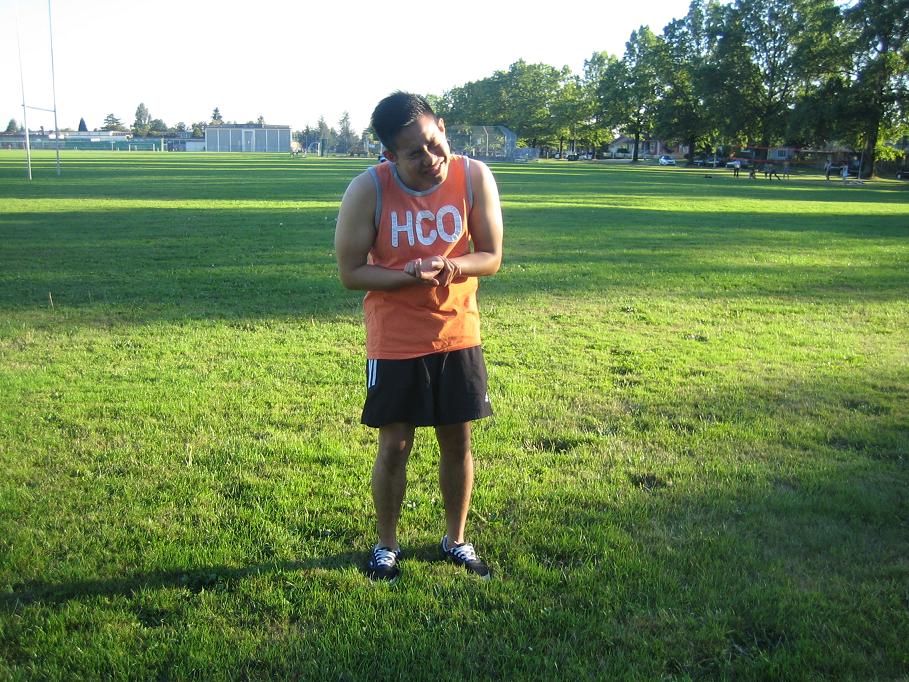Raynaud’s phenomenon is a prevalent condition affecting the blood supply to certain regions of the body, usually the fingers and the toes.
How does it develop?
Raynaud’s phenomenon is due to exposure to cold temperatures, stress or anxiety. The condition develops since the blood vessels go into a state of brief spasm that blocks the blood flow.
As a result, the affected area turns white, blue and then red as the flow of blood returns. There is also pain, numbness and sensation of pins and needles.
What are the indications?
The signs and symptoms of Raynaud’s phenomenon can last for a few minutes up to several hours. The condition is not a serious issue but can be annoying since it is hard to use the fingers.

Individuals who have the condition often have periods without any symptoms and oftentimes the condition settles altogether. It can affect other parts of the body including the nose, ears, lips and nipples.
Management
In most instances, it might be possible to manage the symptoms by avoiding cold exposure, using gloves and observing relaxation techniques if stressed.
If an individual smoke, he/she should stop to improve the symptoms. Remember that smoking can affect circulation.
In case the symptoms could not be controlled with self-care measures, nifedipine is a medication that is usually given by the doctor.
What are the types?
- Primary – the condition develops by itself (common)
- Secondary – triggered by another health condition
In most cases of Raynaud’s phenomenon, they are linked with conditions that causes the immune system to attack the healthy tissue such as lupus and rheumatoid arthritis.
The causes of the primary type are still unclear. Nevertheless, those with this type later on develop a condition linked with the secondary type such as lupus. The doctor will determine if the individual has the primary or secondary type by assessing the symptoms and performing blood tests.
Are there any complications?
The secondary type of Raynaud’s phenomenon can significantly reduce the blood supply, thus it brings a higher risk for complications such as scarring, ulcers and even tissue death in serious cases. Nevertheless, the severe complications are rare.
FACT CHECK
https://en.wikipedia.org/wiki/Raynaud_syndrome
https://www.mayoclinic.org/diseases-conditions/raynauds-disease/symptoms-causes/syc-20363571

